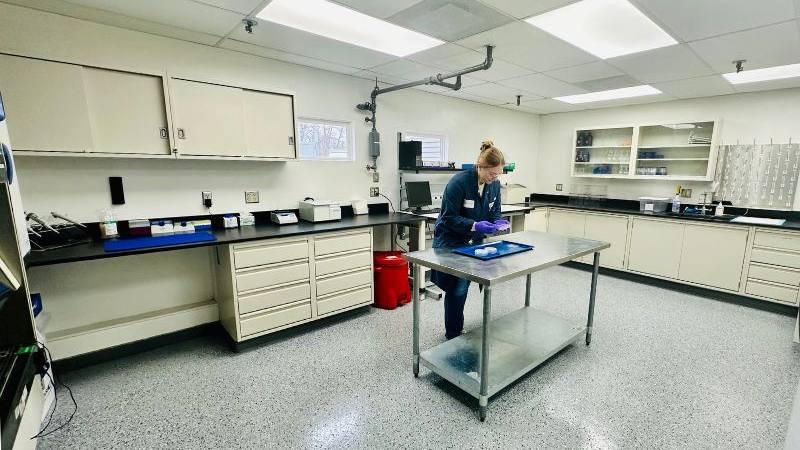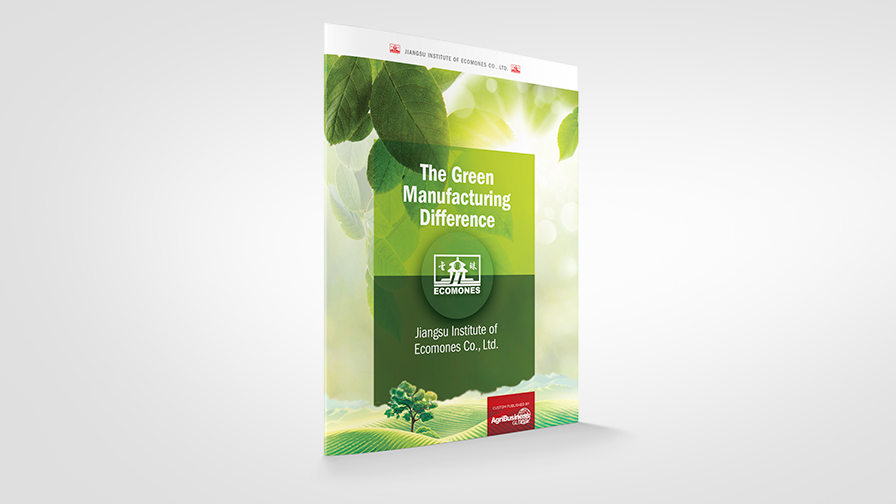Elephant Vert CEO Peter Brändle Shares Tips for Biological Start-Ups and Doing Business in Africa
AgriBusiness Global recently spoke with Peter Brändle, Chief Operating Officer for Elephant Vert, a biologicals company headquartered in France, with a long history of doing business in African countries. Brändle shared how Elephant Vert grew its business internationally and what to consider when entering a market and what African countries to keep an eye on.
ABG: As a company created in 2012, what are some of the lessons you’ve learned in bringing biocontrol and biostimulant products to new markets?
Peter Brändle: Well, it starts with innovation and R&D. You need to have the right product that is differentiated from others on the market. You need to have the right mode of action. But that’s only part of the equation.
You also need regulatory know-how. This means not only how to move along the process, but also choosing the right regulatory category to use. Then there is production, particularly in our case where we work with microorganisms, it’s a very delicate process, which has a huge impact on the future quality and cost of the product.
For field testing, you need to have rigorous design of the tests to generate huge amounts of data to proof to the end user that the product does what you claim. And then, obviously, there’s the commercial part of identifying the right needs for growers, consulting on the right products, but then also following up to provide training and closing the deal.
ABG: Is a part of succeeding as a biological company being agile with the ability to pivot quickly, like dealing with shelf life if the product isn’t moving?
PB: Where we are different in the biological sector, is that it’s a rather new sector. In the regulatory part of the business, there are some teething problems and optimizations to make. There is also the mastering of the full value chain. Shelf life is, particularly with some of the products, an issue. Whereas synthetic molecules can by design be stored for longer periods. But the biologicals catch up, as for instance as we do with some of our products by using only metabolites and not entire cells.
I don’t think it’s very different if you understand your product.
Any company, biological or conventional, needs to have a good combination of agility and pivoting when it’s realized that certain markets are turning in the wrong way or there is a back and forth due to regulatory issues.
A company is successful because it maintains broad strategic thrusts in the identification of key markets, geographical priorities, and product priorities. It’s navigating the short term but sticking to the long-term path.
ABG: How do new start-up biological companies survive the regulatory process?
PB: Regulation is a particular element that start-ups need to master to get the products to the market. There are high requirements in our industry. What I have observed is a general wish to streamline across nations and continents, but there are still so many differences and particularities, so there is a need to learn the diversity of regulations.
Secondly, I think timelines have become less predictable. Take the case of the U.S., where it once was very predictable and rather quick. When I talk to colleagues, they say it has become less predictable. How we deal with this is in two ways. On the one hand, we have in-house experts both in the central headquarters and in the local markets. We also work with local consultants to understand and anticipate needs, because we think of a long-game plan.
ABG: Are you working with partners in different countries as far as marketing or regulations?
PB: Yes. We operate with three business models. First, we have subsidiaries in a few countries. Second, we work in international business development, obviously with local distributors or national distributors on this. Third, in some countries, we have a direct sales approach where our teams work directly with the end consumers.
Where we have a subsidiary, we have the local teams and local expertise for general business development. We work with consultants for the international.
ABG: Is Kenya a country to watch as far as advancing their agricultural support of growers?
PB: Kenya is a very interesting market for several reasons. One reason is that the producers are highly sophisticated. Kenya is a very good example of where growers are at the forefront of certain technologies, like artificial intelligence and mechanization. We have a subsidiary in Kenya, and for us it’s really one of the growth regions along with the neighboring countries. We can capitalize on the sophistication of our customers, and they also obviously have a higher awareness of biologicals.
ABG: Can you talk about the increasing entrance into the African ag inputs market?
PB: One cannot generalize about the whole continent, because there are so many differences across countries and within countries. But generally, what can be said is that there are two sectors. One is the small-scale approach for most local productions. The second is the highly sophisticated, which is oftentimes, private customers using advanced technology.
The local production of the small-scale holders typically has few entrants. With the Ukraine/Russia War, and disruption of fertilizer markets, productivity levels have gone down.
I see a really strong growth lever for them using more local sources. But it’s not only about fertilizers, it’s also about biopesticides. Growers are also increasing their use of biostimulants due to climate change.
ABG: In the future, do you see China mass producing basic ingredients for biologicals?
PB: The short answer is: Yes. It’s emergent, but not yet mainstream, and not yet really significant in the markets. We see some signs that China has identified biologicals as a key strategic domain, to boost their local industry and to then export into other countries. The same appears also happening for Indian companies.
However, most of our customers in Europe or Africa are not yet ready for those products. Possibly, because they lack the credibility in the markets. But it is certainly something to watch, as examples from other industries and segments have shown.






